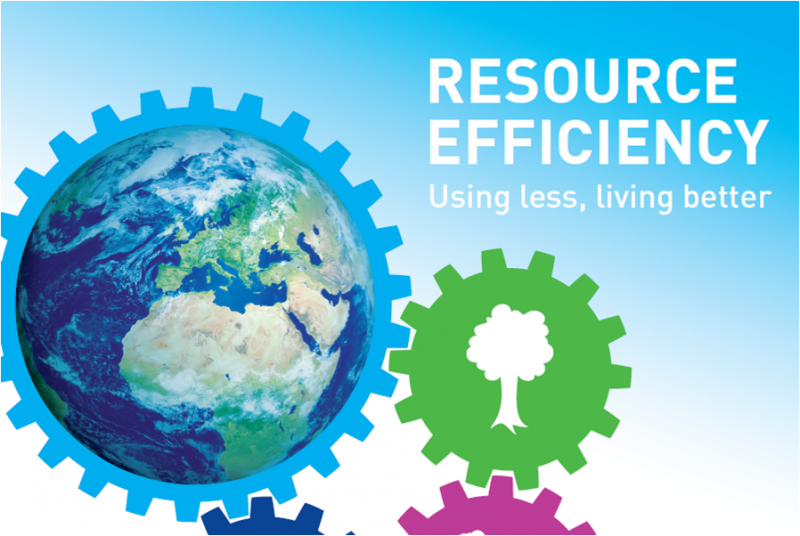Resource Efficiency (RE) in Indian Context
A close look at the global economies suggests a strong linkage between levels of economic development and resource use intensity. In other words, developed countries like USA, Germany and Sweden have a significantly higher per capita resource consumption as compared to countries like Pakistan, Bangladesh and Nigeria. This positive correlation implies that as India movies forward along the development path, its demand for resources would increase substantially. However, there is natural rate of replenishing resources and consumption at higher rate means utilising resources of future generations. Consequently, there is a critical need for improved resource efficiency measures.
Definition of Resource Efficiency
Resource efficiency or resource productivity, is the ratio between a given benefit or result and the natural resource use required for it.
Rationale for Resource Efficiency
In 2010, India’s material demand was the third largest in the world, after China and the United States. India consumed about 7.2% of globally extracted raw materials in that year. India’s total material demand is estimated to increase from its current levels of 2 billion tonnes to more than 4 billion tonnes by 2030 with a GDP growth rate assumption of 8%. There is already a huge strain on the supply of resources along-with threat of serious scarcity in the future. Consequently, it is imperative that we find more efficient ways to use them.
This material saving would also have economic benefits. It can be inferred that with increasing resource efficiency, GDP per tonne of material used will be increased.
Additionally, RE will help to reduce ecological degradation and pollution. It is unlikely that global climate change mitigation goals can be met without a strong commitment to RE in extraction and manufacturing.
Resource Efficiency and Circular Economy
Resource efficiency is closely linked to the concept of “circular economy”, which has also gained prominence as a policy goal for sustainable development in recent years. Circular economy implies reusing waste back into the production cycle to produce new products and uses instead of wasting such materials with embedded resources. Therefore, steps to achieve a circular economy are an important part of resource efficiency; however, resource efficiency encompasses a wider range of strategies through the entire life-cycle of products: Mining/Extraction —> Design —> Manufacturing/Production —> Use/Consumption —> Disposal/Recovery.
Indian Resource Panel (InRP)
In 2015, Government of India had established Indian Resource Panel (InRP) as an advisory body under the Ministry of Environment, Forest and Climate Change (MoEFCC) – through the support of Indo-German bilateral cooperation to assess resource-related issues facing India and advise the government on a comprehensive strategy for RE.
Niti Aayog
In 2017, NITI Aayog launched a paper on this initiative and strongly advocated the need for an enabling policy framework to mainstream RE across sectors.
References:
- Niti Aayog Report



One thought on “Resource Efficiency (RE) in Indian Context”